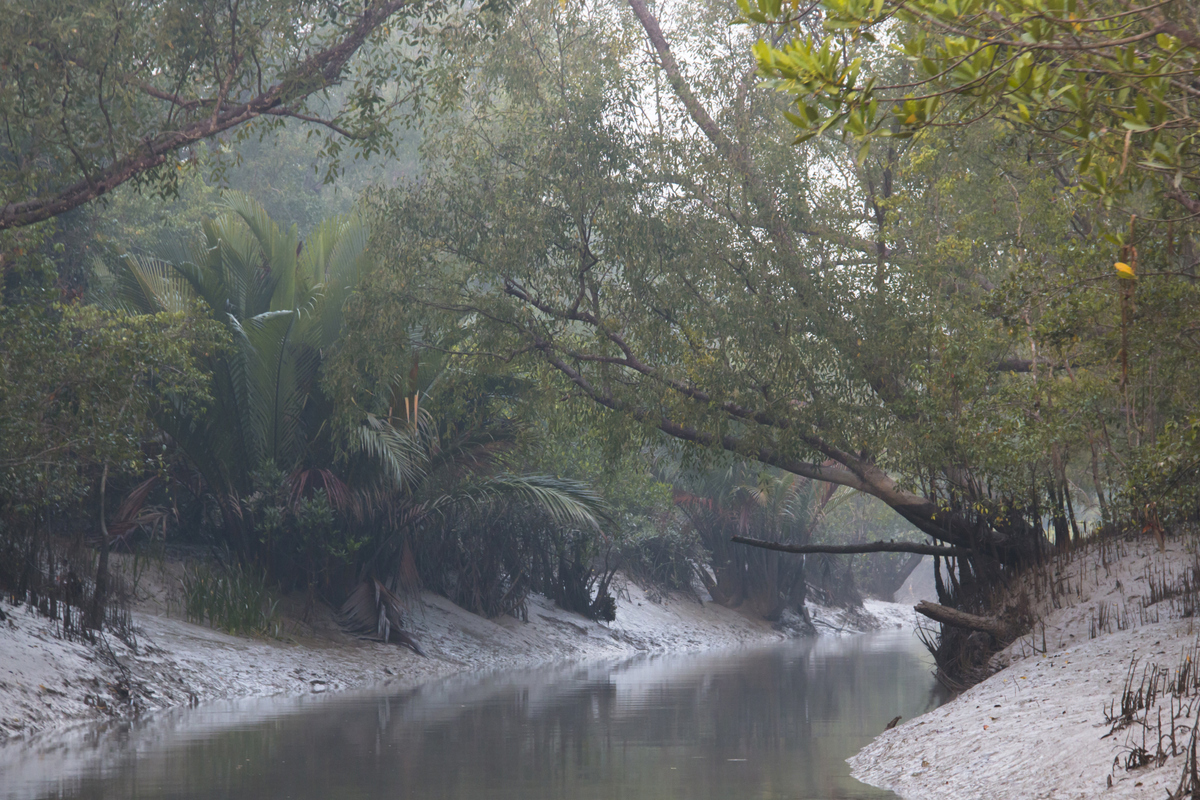Fibreglass finds its use as flood barriers
Fibreglass wind turbine blades have been used in a unique way as barriers to strengthen embankments in flood prone areas of Murshidabad and Sunderbans.
The mangroves act as a barrier to protect the city from cyclones.

Representational image (file photo)
In the ‘Bhatir Desh’ or ‘tide country’, a term attributed to the Sunderbans , resident Subhas Chandra Acharya feels that government needs to put more focus on strengthening the embankments that will stop the inflow of water every time the rivers swell up, leading to ingress of saline water and destroying villages and crops.
In a web seminar hosted by the Alliance Francaise du Bengale in collaboration with Centre for Contemporary Communication, that focused on conservation of the world’s largest mangrove forest, Mr Acharya , whose grandfather settled in the Indian Sunderbans from Midnapore, recalled the 1976 cyclone which ravaged the region on 15 August, his family somehow survived the wrath of nature.
Advertisement
He testified that a “technoeconomical survey” carried out revealed that the embankments in the region were not strong enough to hold the roaring rivers which bring along a considerable amount of salt with the rise in sea levels.
Advertisement
Acharya believes that many villages can only be saved when the state and the central governments forgetting their ego clashes, focus on strengthening the badhs. “Less than 25 per cent of embankments exist which is inadequate to serve the purpose,” Acharya said. Dr Anurag Danda, a social anthropologist, opined that Sunderbans play a vital role as far Kolkata is considered.
The mangroves act as a barrier to protect the city from cyclones. He recalled that how Kolkata was once part of the Sunderbans and its evidence is found in names of places in the city such as Baghmari, Keoratalanamed after the keora trees in Sunderbans etc.
The region of Sunderbans that was formed mainly due to silt brought by the rivers, are now nearly bereft of it due to present lack of supply of silt from the distributaries of Hooghly River.
This highlights the concern over the loss of lands, continuously due to soil erosion, he stated. Mr Danda warned that climate change and global warming could bring this magical forest cohabited by wildlife and humans to an end. Professor Anu Jalais, an environmental anthropologist from National University of Singapore stated that the contributions of locals to save the mangrove forests is necessary than depending only upon the governments.
She remarked that in Sunderbans, till date, no signs of development are apparent. “No proper school is still present there while NGOs working in the region mostly are based out of the region. This does not help and one has to work from the region to understand the nitty gritty of it,” she added.
Dr Sankhanilay Roychowdhury, a polymer scientist, stated the example of Netherlands whose methods to tackle ingress of water into land could be adopted for Sunderbans. Netherlands through innovation has taken measures such as construction of dykes, high powered pumping stations etc.
It was remarked that several areas of Sunderbans in North 24 Parganas are still waterlogged and these methods could help alleviate the woes.
Advertisement